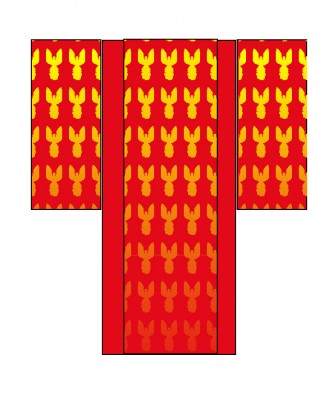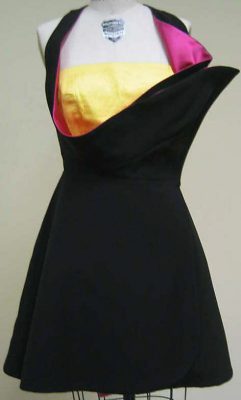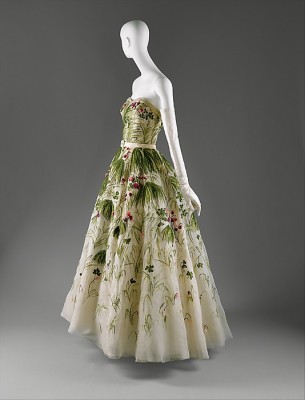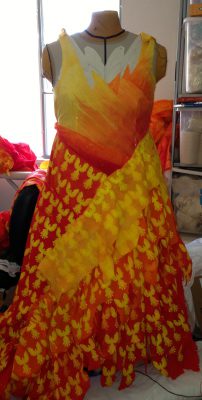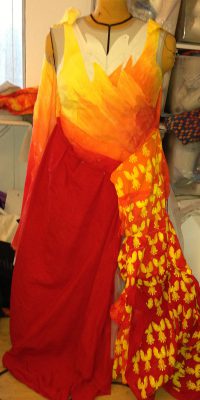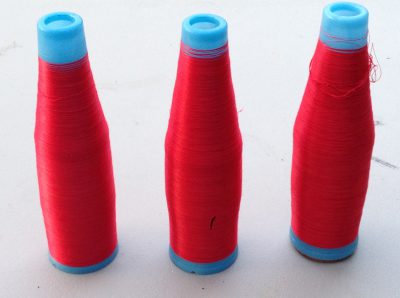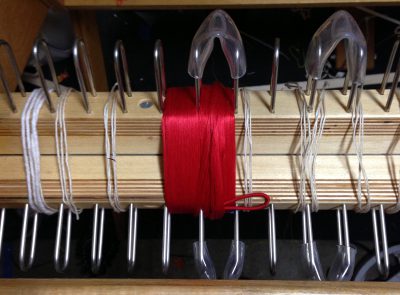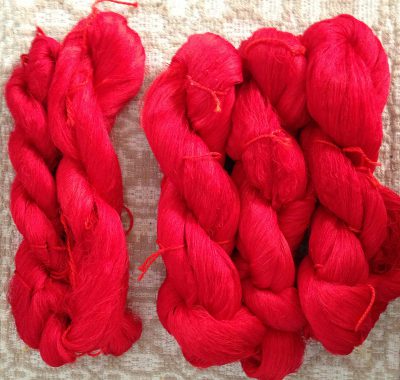I have been weaving more samples! After a ten-inch length of plain weave, I wove four inches with a metallic gold weft, like so:
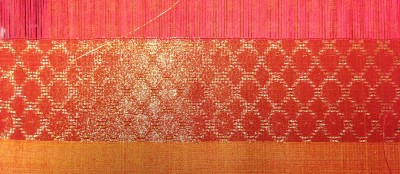
I didn’t like it on the loom – too gaudy – but persevered, because often the cloth looks quite different after wet-finishing.
And so it does!
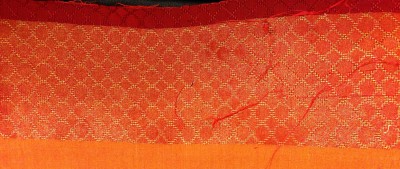
While it is still gaudy if viewed with the light reflecting directly off it, under most light it just looks regal, and a bit glittery. It’s beautiful.
Which is a pity because it’s such a royal pain in the butt to weave! The metallic gold polyester embroidery thread is stiff and springy, and leaps off the pirn at the slightest opportunity. I continually had to stop an adjust the thread in the shuttle.
Unfortunately (or perhaps fortunately?), the woven fabric is too stiff to use in the skirt of the ball gown. But I am considering using it (or something similar) in the kimono, where drape is less of an issue. If I weave a flame pattern into the fabric, that could be quite beautiful. Or it could distract from the phoenix pattern. Hmm.
I’ve also discovered that my plain weave fabric is far from perfect. The trouble is that warp floats are very difficult to detect while weaving, but blindingly obvious on the wrong side:
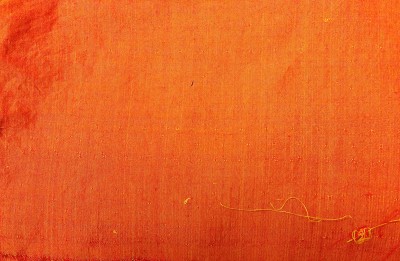
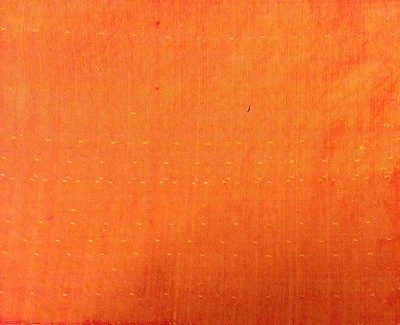
Here I may have been changing sheds too fast for my loom to keep up. I slowed down later in the sample and the results are flawless (in the metallic gold weft section, anyway).
I was also having trouble with the shafts jumping off their hooks in this section. Mike suggested using lineman’s pliers (big heavy pliers) to close up the hooks slightly, which I did. Yay! No more shafts leaping off their cables.
The plain weave, by the way, is nicely iridescent:
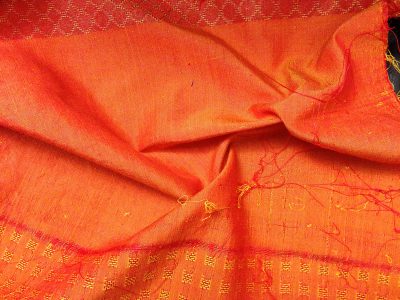
And, finally, here is my first sample, off the loom and wet-finished:
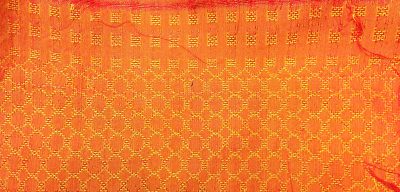
The sample at the top, a pattern of huck lace squares, was not successful. It’s pretty, but having floats in some sections and not others results in different take-up between the two sections, which in turn results in slack threads in the section with the squares. I had hoped that, with a very fine warp, the difference would not be enough to cause problems, but after only three squares I was already feeling slackness in the threads. So I aborted that particular draft, and will try re-drafting something else interesting.
On the agenda for today? The farmer’s market, making truffles, and a friend’s party. I live under a rock, but I am occasionally a social creature. Besides, I need somewhere to bring the treats I’m making!
Truffle flavors? MacAllan 12 Scotch whiskey (a perennial favorite), and maybe some orange curd truffles, and some goat cheese and honey truffles. The last two are among my favorite flavors, but they’re too perishable to make in my annual November frenzy, so I rarely get a chance to trot them out. Delicious, though!
I’m also planning on weaving some samples for the skirt of the ball gown, using a fine tram silk. I have two colors, orange and dark ruby red – I’m hoping the ruby red works out, because it’s pre-dyed and pre-coned, and dyeing/winding off tram is a real pain.
And, finally, I need to do some more work on Creating Craft. Lots to do this weekend!
